A mom, wife, and high school English teacher for most of her adult life, Jean Toh retired in 2000 to travel, learn to dance, take up old hobbies, and continue living what she thought was a charmed life. It was during this time, however, that the seriousness of Brandon’s mental illness became more apparent.Despite his struggles with bipolar illness, the family experienced laughter, tears, fun, tragedy, and even a trip to Antarctica, the only place Brandon ever wanted to visit. Jean will always cherish the memories of this trip. After his suicide in 2012, Jean’s life was irrevocably changed. Her journey of healing included being a member of a support group which led to her desire to be a grief facilitator. She now volunteers with the Beyond Loss Bereavement Ministry, is on the Survivors after Suicide Advisory Board of Didi Hirsch Mental Health Services, has served as speaker and on panels dealing with mental health issues, all activities that honor Brandon and his legacy.
On a chilly evening in late March of 2012, I walked into a room and sat down amongst a group of strangers. The only thing we had in common was we all had lost someone who died by suicide. Recalling that evening is now a blur, but I do remember the surge of emotions and tears as I said Brandon, my son’s name, and told how he died. This was the routine every week as we went around the room and said our loved one’s names. It would take many months before I could say his name without a quiver in my voice and tears in my eyes.
Everyone in the group shared stories that were as heartbreaking as my own. The loss of children, siblings, spouses, fiancées, parents, relatives and friends had shattered all of our lives, and we had nowhere to turn but to come into this room and open our hearts. We talked about the pain, guilt, anger, shame and myriad of emotions that came with dealing with death by suicide. Some of us had supportive family and friends who stood by us and others had little outside support. But we all came to realize that getting through the grief and loss took much longer than those outside of our experience could know. While their lives went on, and even sometimes when they thought we were “over it” or thought we should be over it, ours were still stuck. No matter how badly we wanted our old lives back, we knew it wasn’t going to happen.
Our struggle was to put our lives back together in a new way, and finding that way and that life was what being in a support group was allowing us to do. It wasn’t always easy listening to others, sharing our frustrations and hurts, sometimes over and over until it seemed like a broken record. To ask “why, why me, why suicide, why?” But this, I learned, is how we heal. We need to tell our story over and over again. The powerful grip of death haunts us, but talking about it, examining it, grappling with it, loosens the grip and dissipates that power. There’s no timetable, and each person’s grief journey is different, but in a year, two years, something was happening within me that I was barely aware of. That is, I was saying Brandon’s name and his suicide in a firm voice. He is my son, and no matter how he died, his life meant something which I can cherish and honor proudly.
I read that in ancient Scandinavian culture the bereaved are allowed to mourn, to sit in their grief, examine all aspects of their loss, and to think of this time as holy. Nothing else is expected of them as they journey to empty their souls of the sorrow. Attending the grief group was one consistent thing I did for the first two years after my son’s death, and I realize now, it was my way of devoting myself to grieving. Was it over-indulgent, self-absorbing, getting stuck? Some in our culture today would say yes. But our culture doesn’t deal well with death and loss. Perhaps it’s because we don’t talk of loss or accept that death is a part of life.
That group of strangers back in 2012 became my family and the people with whom I felt the most comfortable sharing my deepest feelings. Week in and week out we were totally open and honest without judgment or advice in this “sacred” place. It took time, but I was regaining some joy, laughter, and putting together the pieces of my life, in a different way. A part of me that I never expected to emerge was the desire to be a facilitator in a support group for survivors of suicide loss. I took the training and have been facilitating two groups for the past year.
A good friend told me that putting the pieces of my life together was like Kintsugi, which means “repair with gold,” a Japanese method of repairing broken ceramics with gold lacquer. The philosophy behind the technique encompasses the concept of change as an aspect of human life and visibly incorporates the repair into the new piece instead of disguising it. My heart had been damaged and broken, but like the shattered ceramic, grief was integrated with compassion and empathy in a restorative way. I’m discovering as a facilitator, how gratifying and humbling it is to be present with those in pain and walk with them on the grief journey.
The philosopher and poet Rumi wrote, “Give more of your life to listening. As brightness is to time, so you are to the one who talks to the deep ear in your chest. I should sell my tongue and buy a thousand ears when that one steps near and begins to speak.” By listening, my questions of “why” are answered. Not with the answer I expected nor necessarily wanted. For now though, the answer is, “this is what you are meant to do.”

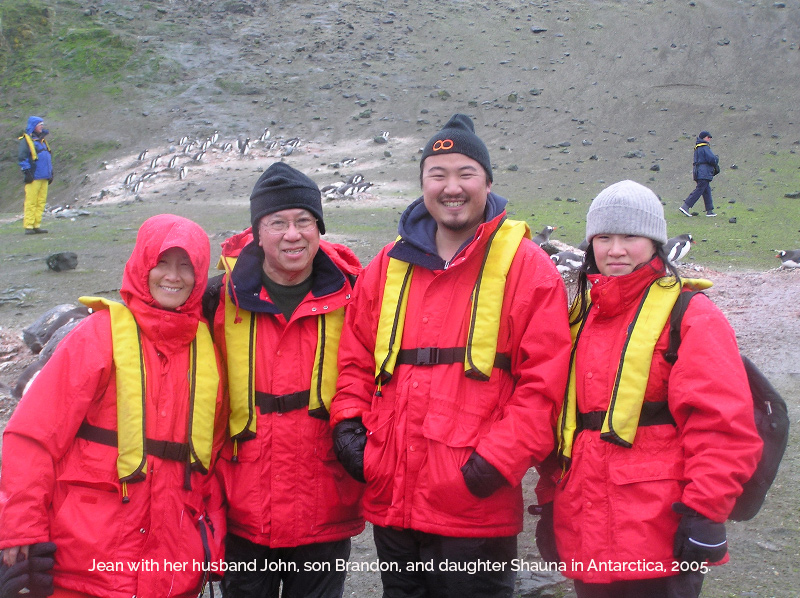
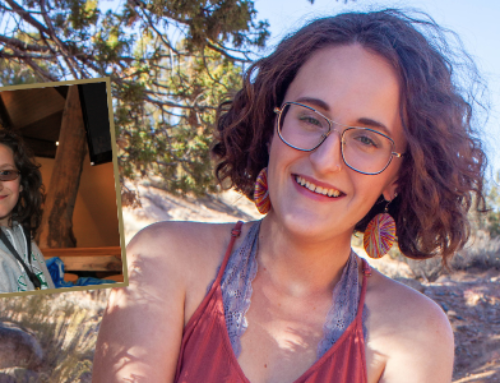
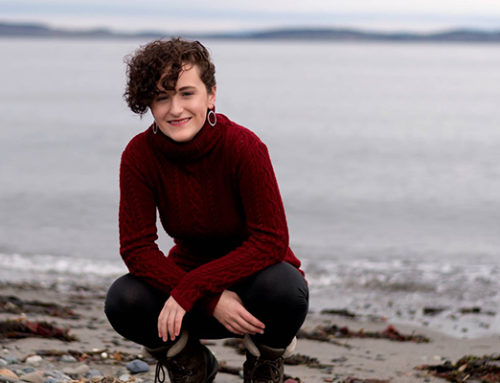
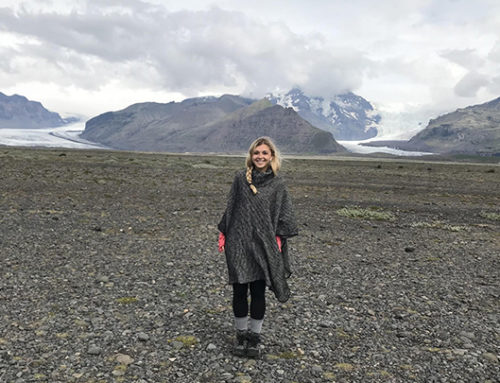
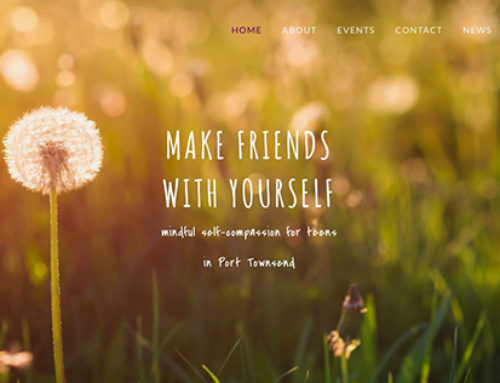

What a beautiful post Jean.
5 years later, it is so inspiring to read of the meaning, rituals and commitments you’ve created.
My sincere love to each of you. My thoughts are with you and your family.